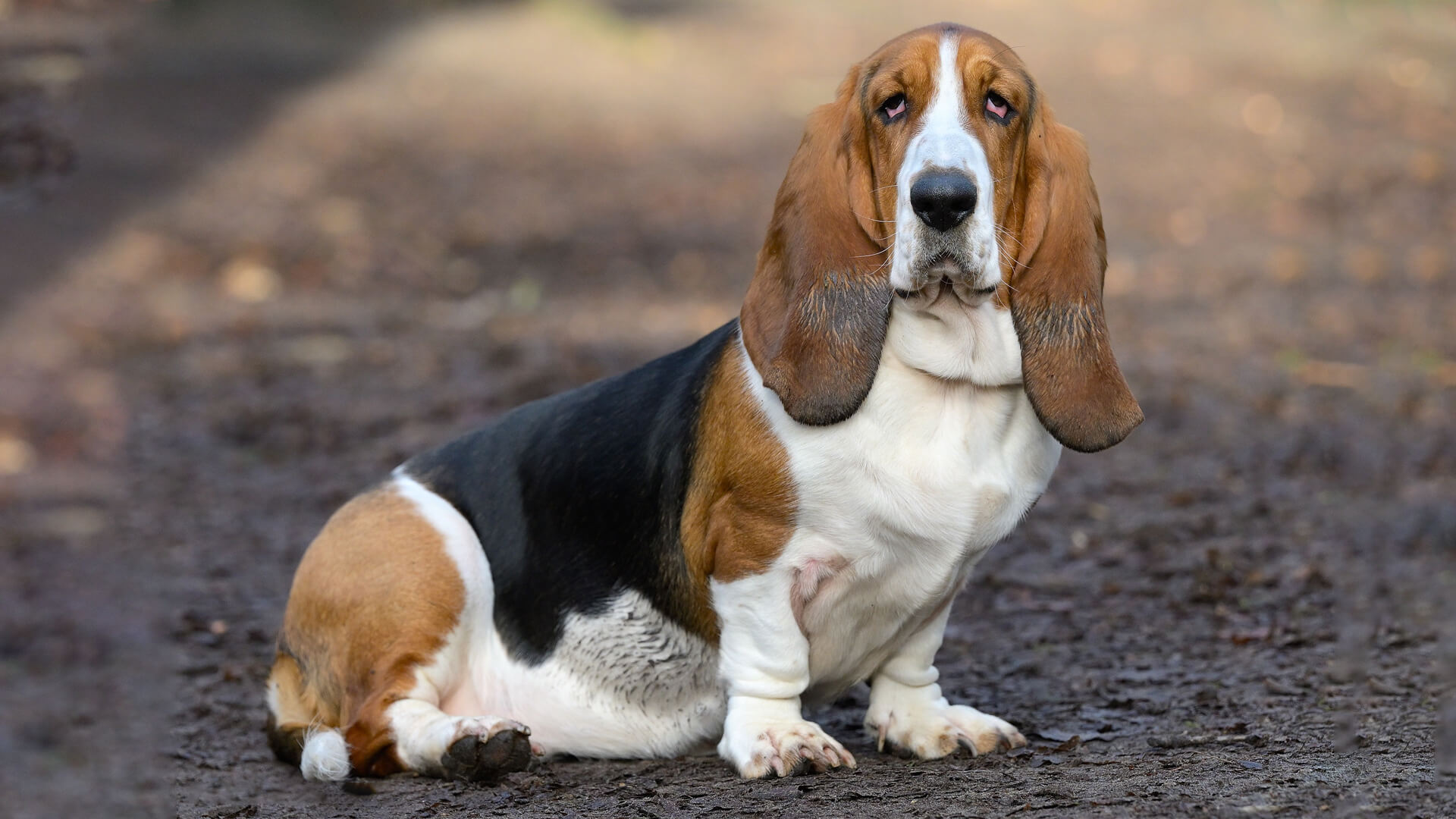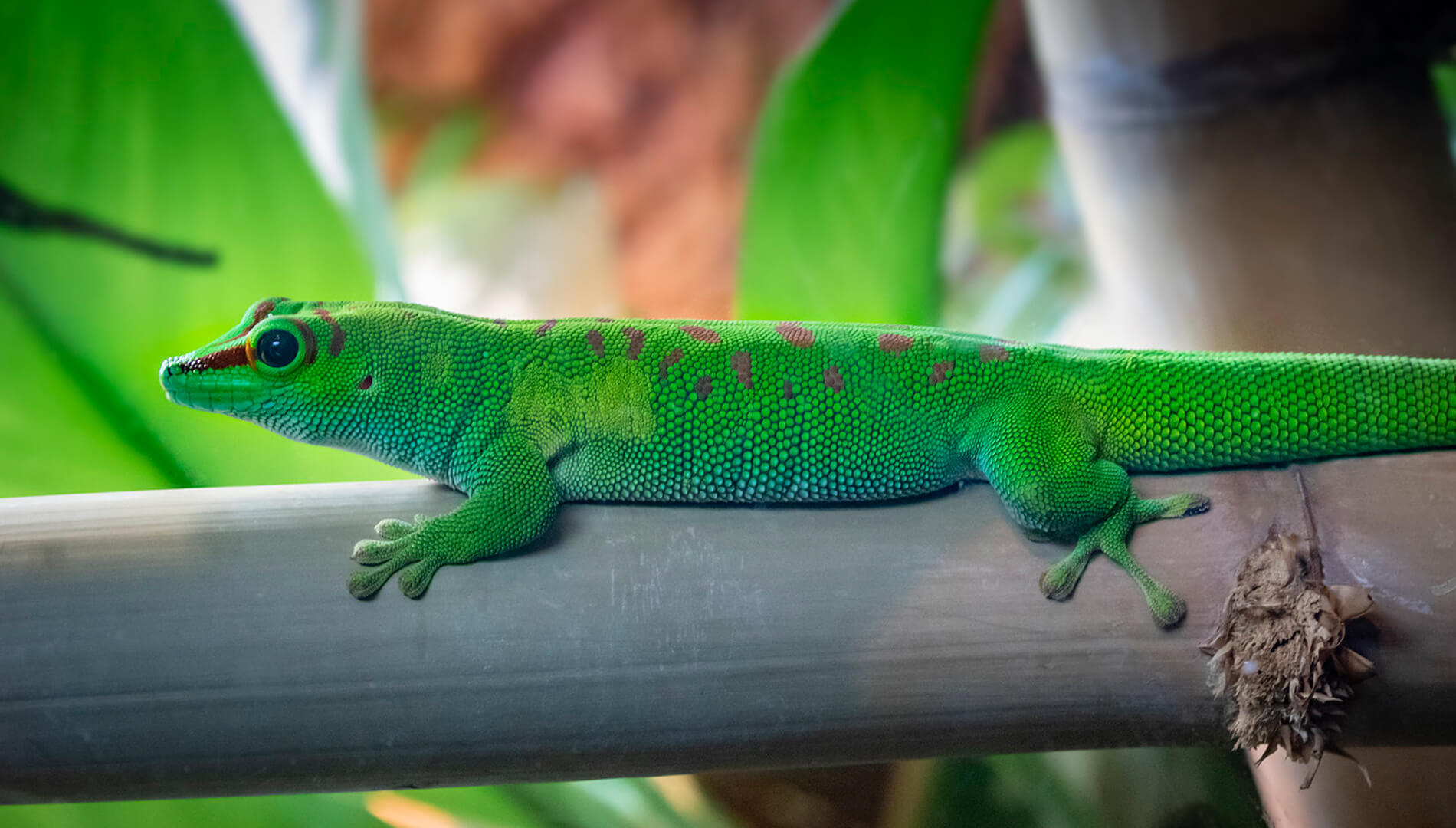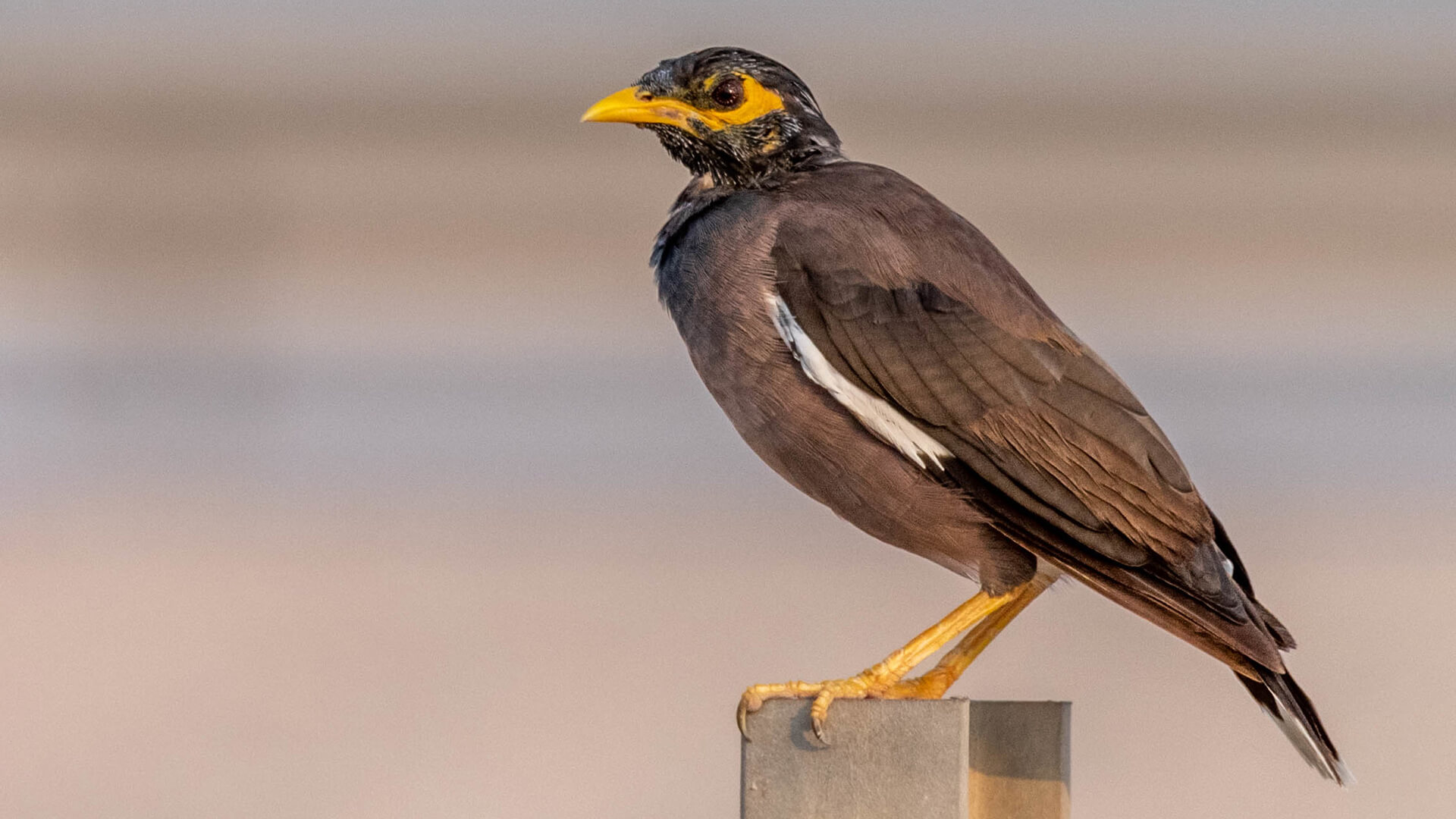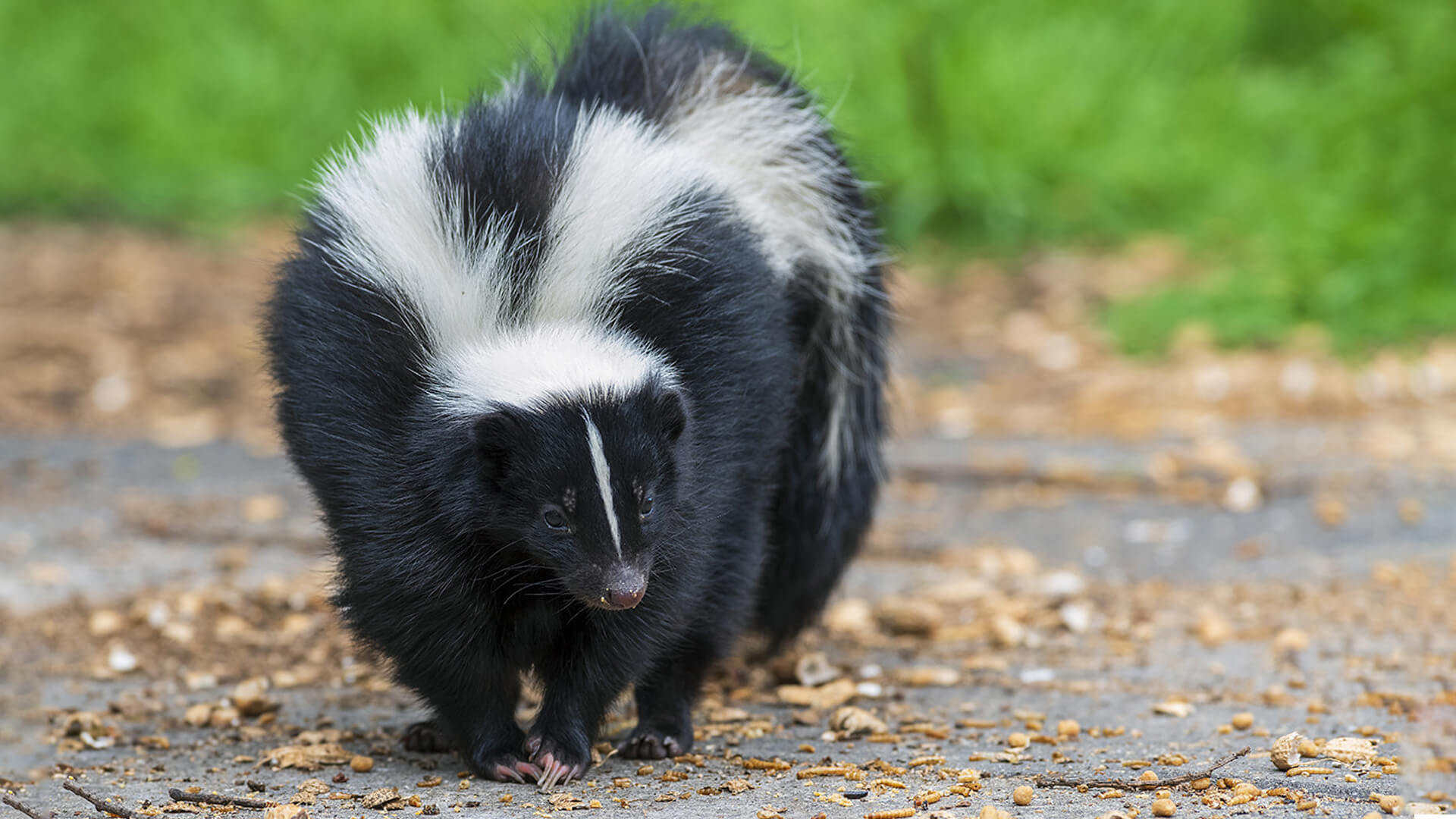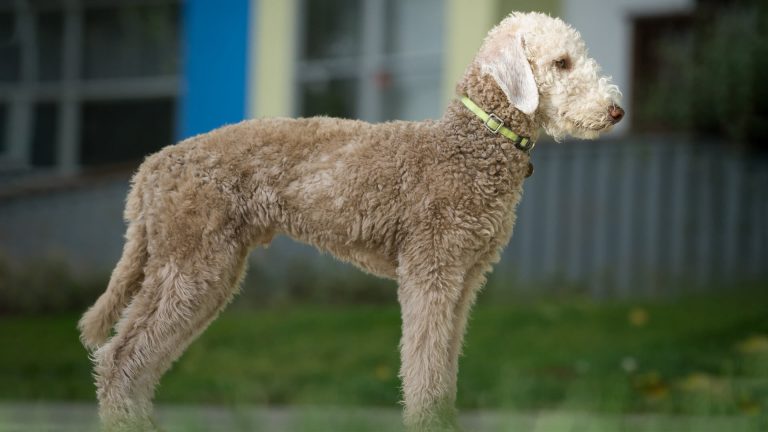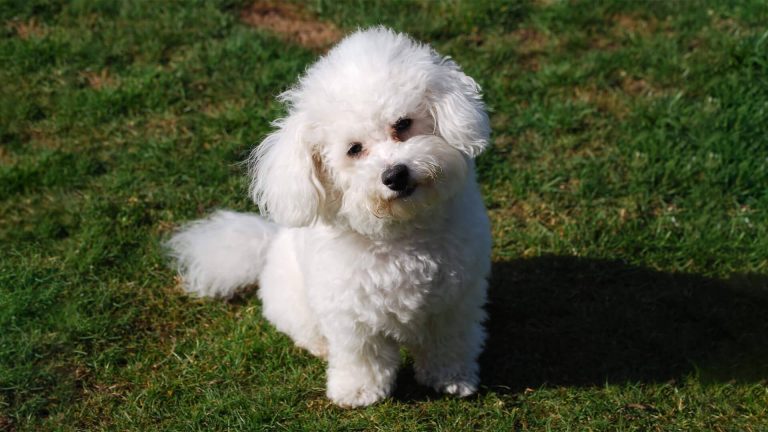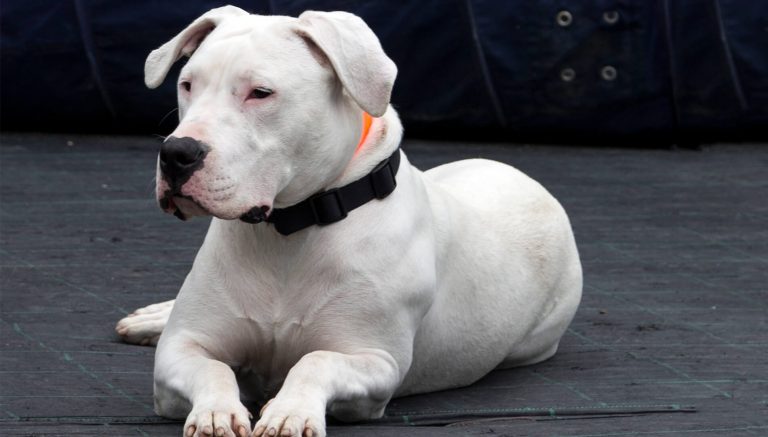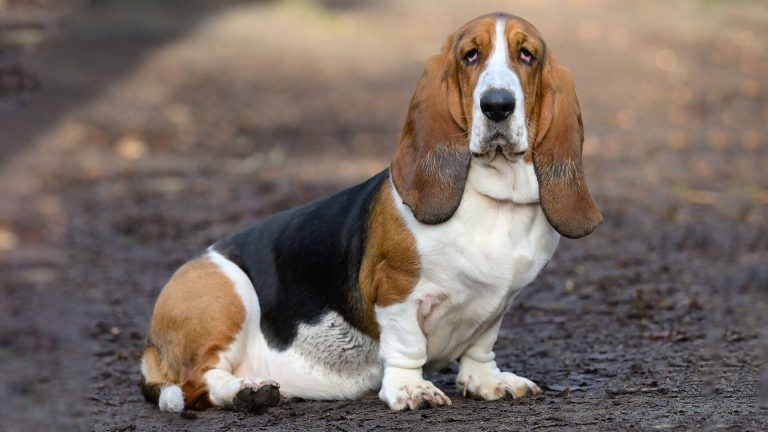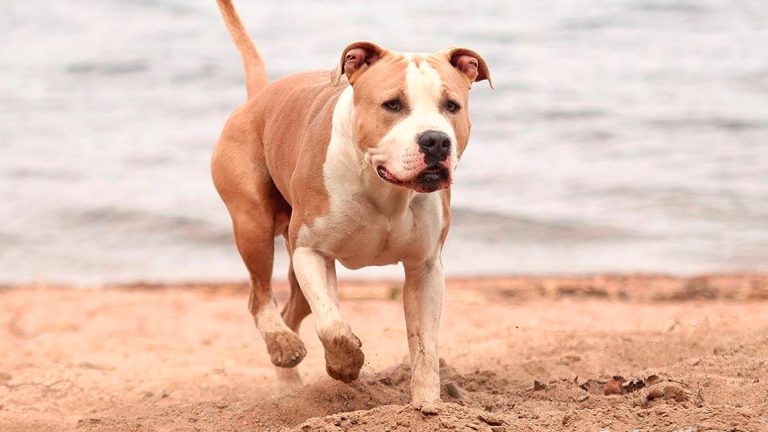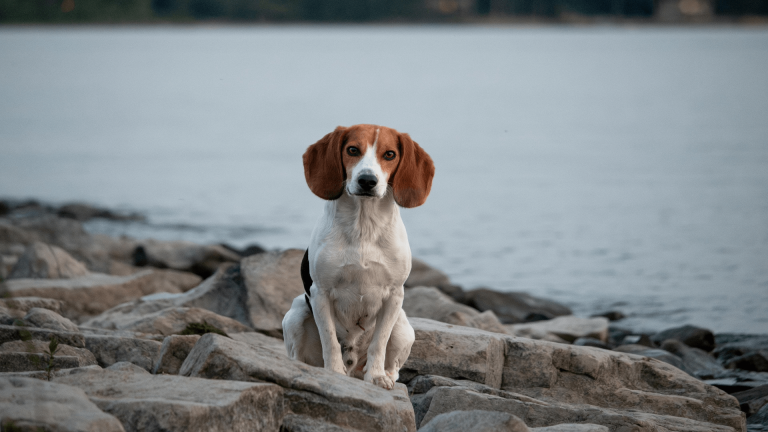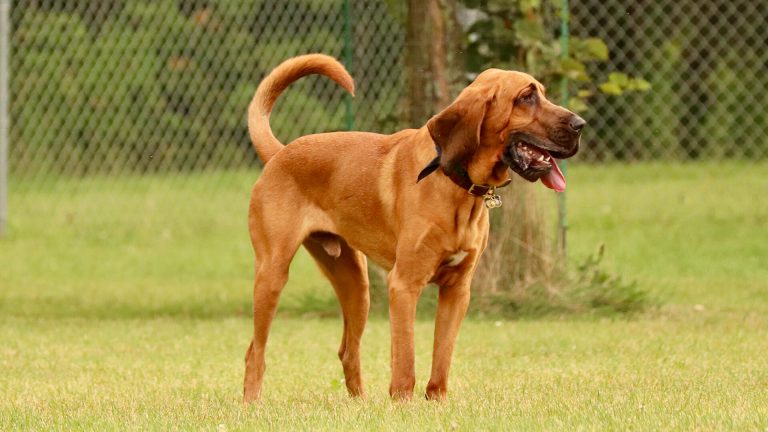Alaskan Klee Kai is based on Eskimo name translating into meaning little dog. The breed originated from Alaska in the 1970s and 1980s. It was meant to be a companion dog and not a sled dog. It was developed by a lady named Linda S. Spurlin. The standard breed does not include solid white Alaskan Klee Kai.
Alaskan Klee Kai is an intelligent breed full of energy and bestowing love for the family of existence. They are not positively inclined towards strangers more so if they have not been socialized as a puppy. The show of emotion is done through whines and barks. This quality of wariness to new faces makes them good watchdogs. The dog cherishes attention from owners and is anxious to please. This quality makes them very trainable.
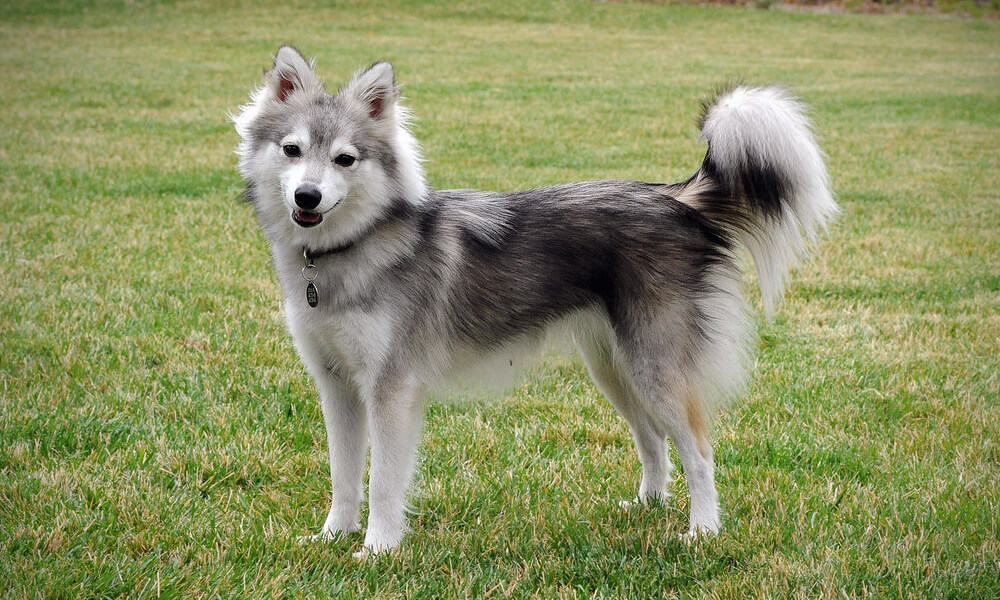
Distinctive Features of Alaskan Klee Kai
The physical appearance is highlighted by a wedge-shaped head, eye-catching facial façade, prick ears & a complete tail curled over a rump.
The dog has three sizes namely:
- Standard type:- Above 15 inches up to and including 17 inches.
- Miniature type: Above 13 inches and up to and including 15 inches
- Toy type: Above and including 13 inches.
Depending on the size the dog weighs between 10-20 pounds. The male weight varies 12-20 pounds while the female is 10-18 pounds. The dog goes on to live from 10-20 years.
The color of the dog is red and white, black and white, and gray and white. Pure white Klee Kais are also common. The fur can be full-coat or double coats. It deciphers to a short, silky downy soft undercoat and longer exterior coarser coat. The coat protects the dog from cold winters.
How to Take Care of Pet Alaskan Klee Kai Dog?
Taking care of pet Alaskan Klee Kai Dogs is not an easy task. These dogs are often very active, energetic, and intelligent. This means that the owner needs to spend a lot of time with their pet in order to see these traits. In order to keep them healthy, you should know how to feed them and how to take care of them.
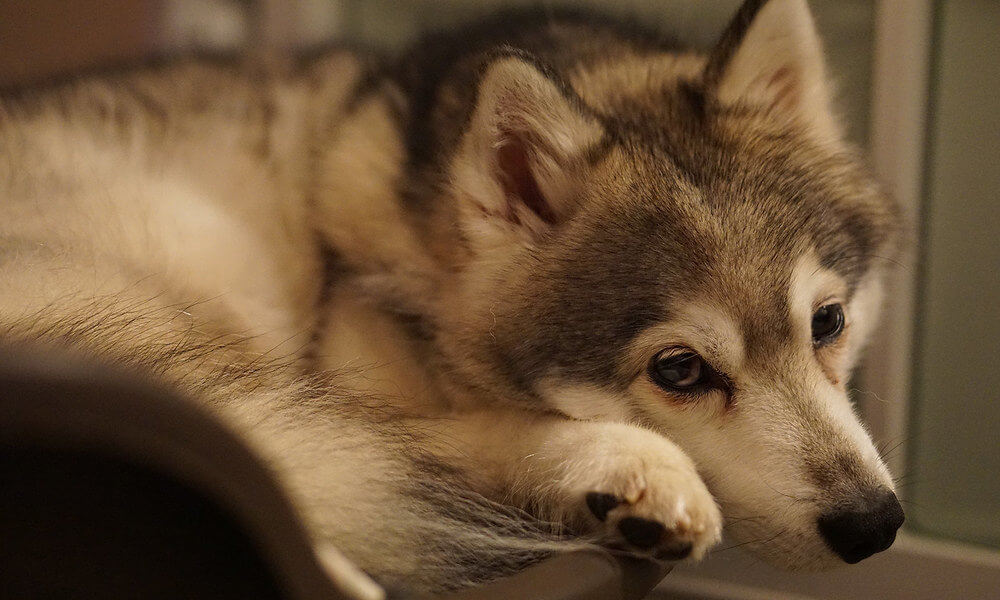
What to Feed Alaskan Klee Kai Pet?
Alaskan Klee Kais are energetic dogs and require a diet that keeps them satiated throughout the day. These dogs are unlikely to gain weight but efforts should be made to keep them healthy through balanced nutrition. A vet should be consulted for dietary needs. The food served can be homemade or commercial. The heredity genes are such which store fat despite low-fat content. The owners are requested to portion out food and make the required adjustment in diet according to the body condition of the dog.
Setting up Living Area for the Alaskan Klee Kai Pet
This breed should be kept in a fenced yard and not take them out without a leash. In case Klee Kai is unhappy it will escape through the fence. This breed is sometimes moderately vocal and owners have a difficult time keeping it in the apartment. At times they take out woo-woo sounds when contented and scream when discontented.
Taking Care of the Hygiene of Alaskan Klee Kai Pet
This breed doesn't need much grooming and looks after itself. It does not cultivate body odor. However, consistent teeth brushings, nail trimming, and ear cleaning is a must. A frequent bath is not required. During shedding season regular brushing helps. The shedding season falls before summer and winter. In all other months, they shed moderately. Ensure that exercise needs are fulfilled otherwise the dog gets anxious as well strung. Moreover, energy needs to be burnt. The quickness and sharpness nature makes this dog suitable for dog sports and rally.
Knowing the Health Issues of Pet Alaskan Klee Kai
Fortunately, Klee Kai is thought-out as a healthy breed with scarcely any genetic issues. The owners should be alert for certain predisposing conditions. They may keep their baby teeth and will be an issue when adult teeth appear. They will then require medical attention. The common health issues are as follows:
- Thyroid disease
- Liver shunts
- Cataracts
- Heart defect
- Luxation patella
- Factor VII deficiency
- Cryptorchidism
What it's Like to Keep Alaskan Klee Kai as a Pet?
These are intelligent puppies and pick up training instructions rapidly. As they mature it is difficult to train as they are predisposed towards free-spirit and wield their ways. The prey drive is strong and they get distracted by cats and squirrels and readily pursue them. It does not obey. This breed is food motivated and eager to please but is easily distracted.
The Klee Kai has an inclination towards anxiety. Strangers and new situations make him nervous. It will snap out of fear. So socialization should begin from puppy days and careful handling as it becomes adult. Those dogs which have not trained in socialization as a puppy need experienced owner as an adult. The owner should build the self-confidence of the dog with strangers and novel situations by rewarding calm behavior and giving treats as well as praise.
A good long walk and energetic play session are sufficient for the dog. The remaining day they spend in inactivity. If exercise is overlooked they get bored anxious as well as destructive.
What People Are Reading:
Frequently Asked Questions About Alaskan Klee Kai
Get all the answers to the most commonly asked questions related to pet Alaskan Klee kai dog.
Are Alaskan Klee Kai Good Pets?
This dog has a high prey drive and it is a bad choice for homes where other small pets reside like cats, hamsters, or rabbits. Pet rodents, birds, and reptiles are also pursued by Klee Kai. They love to chase small creatures and may wander off. In general, the Alaskan Klee Kai is a faithful affectionate dog. With strangers, it is aloof and not receptive. Strangers get attracted to their beauty and are attention-catching. If you searching for a social dog who loves humans this is not the right choice.
This breed loves to be the center of attention among their family. It is a sensitive dog. They prefer a large amount of interaction with the owner. In case children are boisterous with the dog they are likely to growl and snap as a means of self-defense. Children should be taught not to provoke the dog. Thus with children around, it should stay under the supervision of the family. The older children can safely play with the dog.
The dog talks back and howl but are not extravagant barkers. Klee Kai gets vocal if their requirement is not met. Barks and whining are a sign that the dog being unhappy. The dog tends to take out a lot of woo-woo sounds. They scream in case frightened or injured. The dog should be socialized early in life through training. They are excellent watchdogs but not guard dogs.
What is the Difference Between Siberian Husky and Alaskan Klee Kai?
The Alaskan Klee Kai is a new breed and appears as a smaller adaptation of the Siberian husky. The appealing prick-eared dog is a version of Husky. The markings, body shape, and coat are like that of the bigger relative. Despite the similarities, the obvious difference is in temperament and distrust of strangers.
How Much Does an Alaskan Klee Kai Cost?
The Alaskan Klee Kai can be bought from $400 to $1,000, depending on the breeder.

